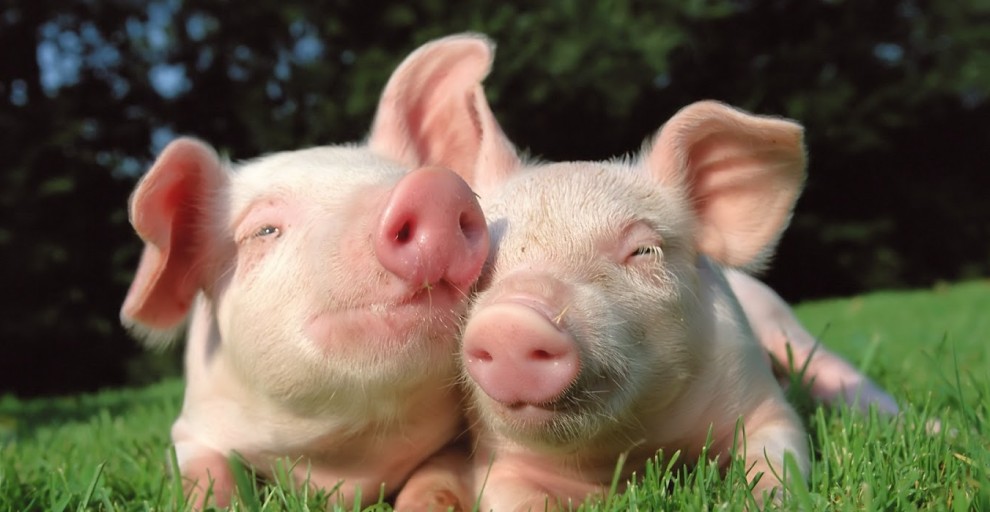– Bailey, L.L., Nehlsen-Cannarella, S.L., Concepcion, W., et al. (1985). Baboon-to-human cardiac xenotransplantation in a neonate. JAMA. 254(23):3321-9
– Beigel, J., Farrar, J., Han, A., Hayden, F., Hyer, R., De Jong, M., Lochindarat, S., Nguyen, T., Nguyen, T., Tran, T.H., Nicoll, A., Touch, S., & Yuen, K. Y. (2005). Writing Committee of the World Health Organization (WHO) Consultation on Human Influenza A/H5 “Avian Influenza A (H5N1) Infection in Humans”. New England Journal of Medicine 353, 13: 1374–1385.
– Chatterjee, D.S. (1978). A controlled comparative study of the use of porcine xenograft in the treatment of partial thickness skin loss in an occupational health centre. Curr Med Res Opin. 5(9):726-33.
– Kress, J. M. (1998). Xenotransplantation: Ethics and economics. Food and drug law journal 53, 2: 353–384.
– Reemtsma, K., Mccracken, B.H., Schlegel, J.U. (1964). Renal Heterotransplantation in man. Ann Surg.160:384-410.
– Rood, P.P., Cooper D.K. (2006). Islet xenotransplantation: are we really ready for clinical trials?. Am J Transplant 6(6):1269-74.
– Singer, P (1975). Animal Liberation. New York: Random House
– Starzl, T.E., Fung, J., Tzakis, A., et al. (1993). Baboon-to-human liver transplantation. Lancet. Jan 9;341(8837):65-71.
– Swindle, M.M. (1998). Defining appropriate health status and management programs for specific-pathogen-free swine for xenotransplantation. Ann. N.Y. Acad. Sci.862, 111-120.
– Tacke, S.J., Kurth, R., & Denner, J. (1999). Pocrine Endogenous Retroviruses Inhibit Human Immune Cell Function: Risk for Xenotransplantation? Virology, 268, 87-93.
– US Public Health Service. Policy on Humane Care and Use of Laboratory Animals, 1986.
